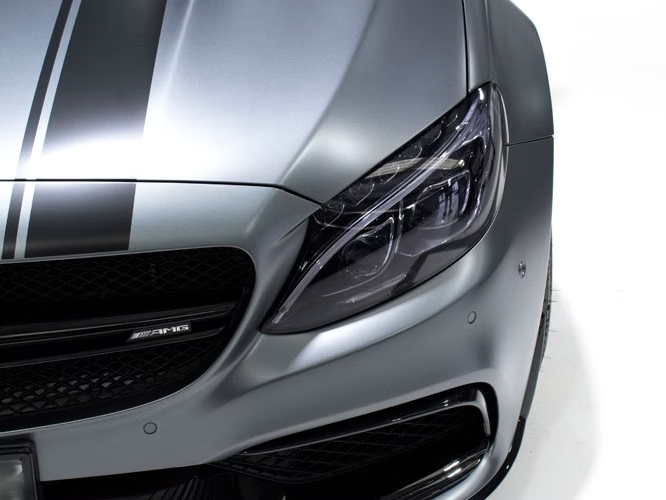// Vehicle Light Tinting Explained

You might have got your vehicle wrapped and your windows tinted, but that doesn’t mean you are finished stylising your car. Among the other decorative accessories you can choose from to personalise your vehicle, why not consider light tinting?
What is light tinting?
Vehicle light tinting is when a film is placed over your motor’s lights, so when they are turned off, the glass covering appears entirely black, but the brake and reverse lights are clearly visible when they are turned on.
Are there different types of tinting?
To get the right tinting for your vehicle, you can choose from different options. These include tinted paint protection film (PPF), which is fitted over the glass and offers an extra guard to protect against damage.
You can also pick a mid-shade tint, a dark-shade tint, or a coloured tint, depending on the look you are going for. Whatever your preference, you can be confident the brightness of your lights will not be affected, and therefore, they will not negatively impact an MOT inspection.
How often do they need replacing?
If you opt for tinted PPF, this provides extra protection for your lights, which are often the most expensive part on a car to replace or repair. Therefore, they can keep your lights safe and looking good for up to ten years.
Standard films also provide longevity, typically remaining in good condition for up to three years.
Making your vehicle stand out from the rest would have been particularly useful when taking trips over the festive period, as almost 20 million journeys were made in the week leading to Christmas Eve, the RAC estimated.
Looking for the top Vehicle Wrapping and Modification specialists in Yorkshire?
Get in touch with us today to see how we can help.



